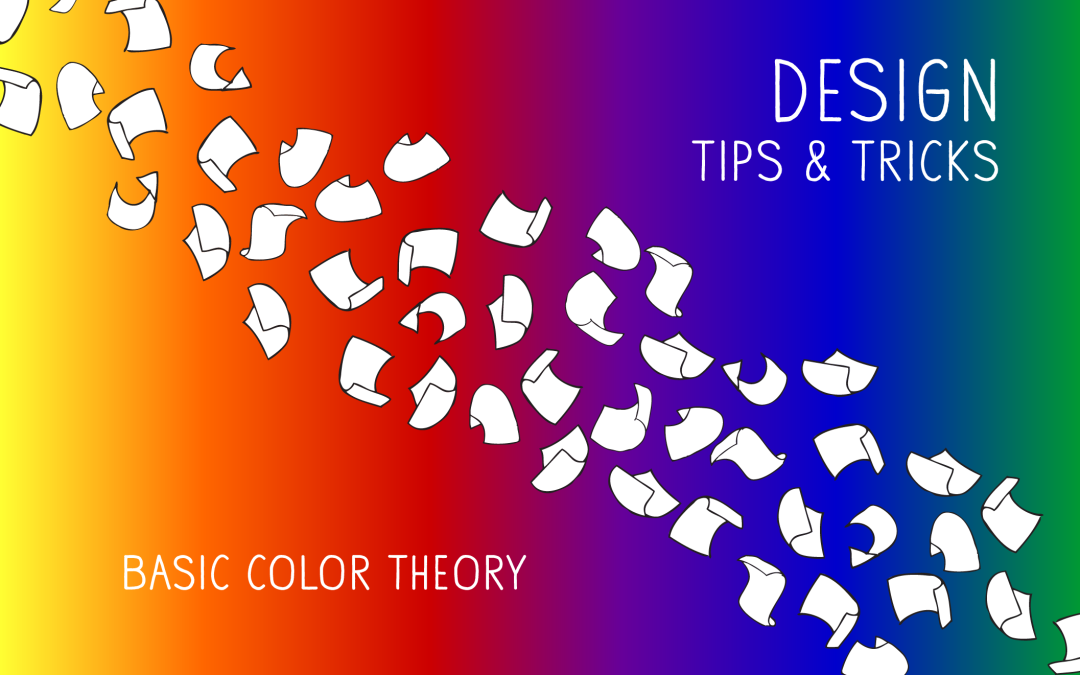Grid and type choice are important, but they’re both useless without good color schemes. Color is what draws the viewer and creates an emotion and last impression. Here we’re going to talk about some of the basics of color theory.
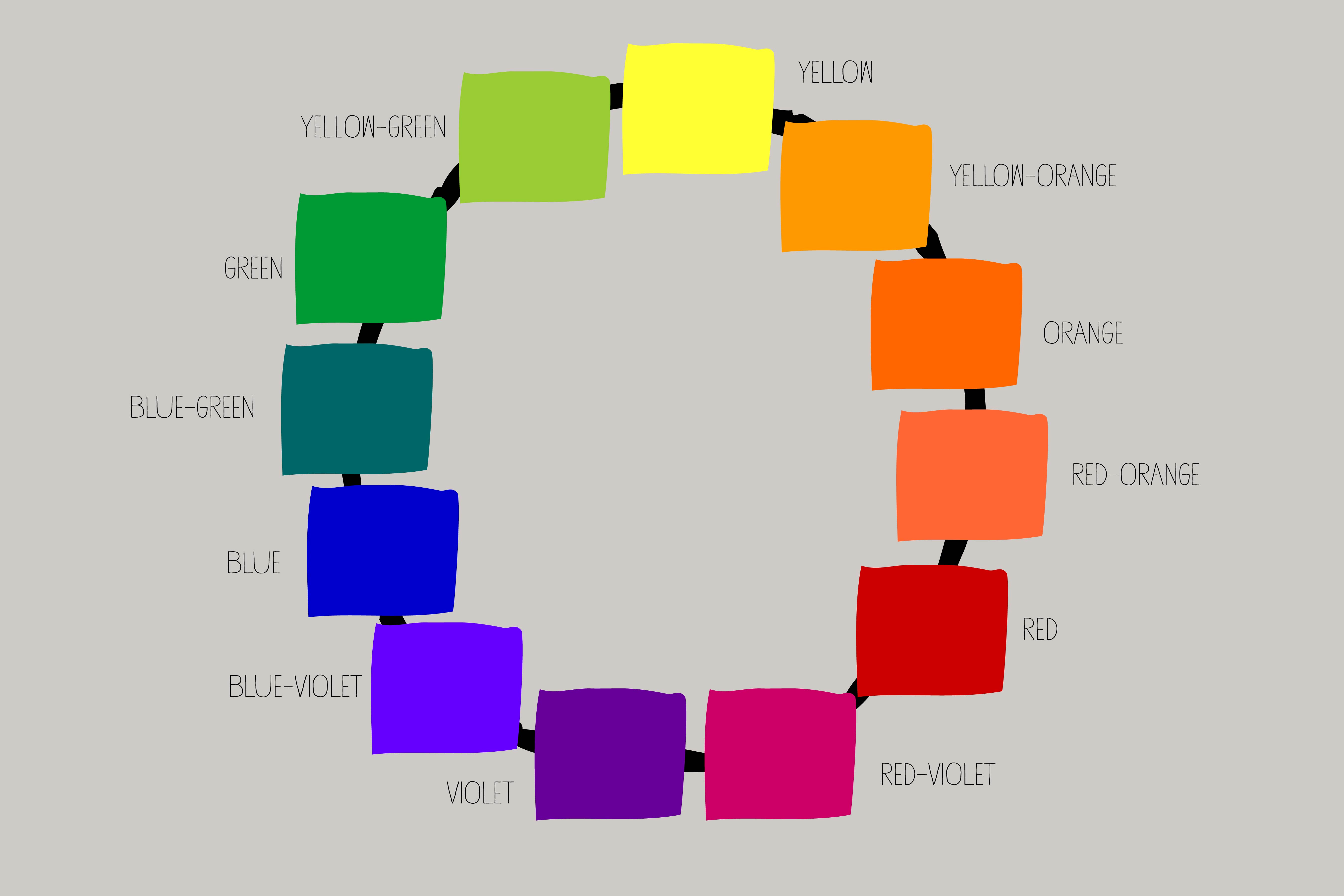
THE COLOR WHEEL
(clockwise from yellow) Yellow, Yellow-orange, Orange, Red-orange, Red, Red-violet, Violet, Blue-violet, Blue, Blue-Green, Green, Yellow-green.
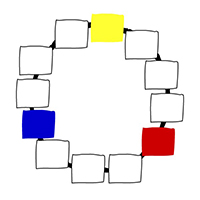
PRIMARY COLORS
Red, yellow, and blue are the three colors that can’t be mixed or formed by any combination of other colors. All other colors come from these three.
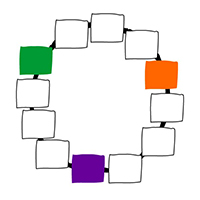
SECONDARY COLORS
Green, orange, and purple. These colors are created through mixing primary colors.

TERTIARY COLORS
Yellow-orange, red-orange, red-purple, blue-purple, blue-green, and yellow green. One forms these colors by mixing a primary with a secondary color.
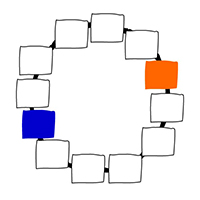
COMPLEMENTARY COLORS
Two colors that are opposite each other on the color wheel. Orange and Blue is an example of this.
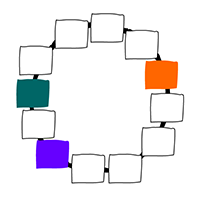
SPLIT COMPLEMENTARY COLORS
A variation of the standard complementary scheme. This is a combination of one color and the two colors on either side of it’s complement. An example of this is Orange, Blue-green, and Blue-violet.
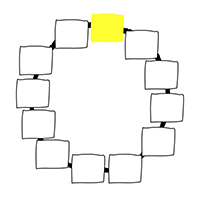
MONOCHROMATIC COLORS
A color scheme in which only one color is used with varying tints and shades.
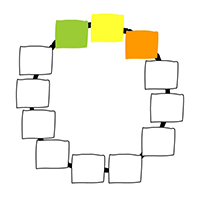
ANALOGOUS COLOR
A more robust version of the monochromatic scheme, it uses colors that are adjacent to each other on the color wheel.

